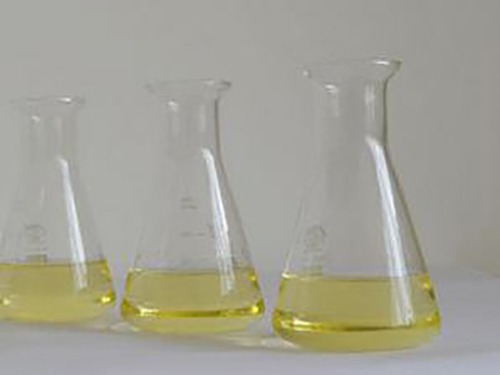water coagulation and flocculation
Water Coagulation and Flocculation Essential Processes in Water Treatment
Water quality is a critical aspect of public health and environmental sustainability. Among the various treatment methods employed to ensure clean and safe water, coagulation and flocculation stand out as fundamental processes in the removal of suspended solids and impurities from water sources. These processes are especially vital in the treatment of surface water, which is often contaminated with organic material, sediment, and pathogens.
Coagulation is the initial stage where chemical coagulants are added to water to destabilize suspended particles. Common coagulants include aluminum sulfate (alum), ferric sulfate, and polyaluminum chloride. When these coagulants are added to water, they neutralize the negative charges on suspended particles. In water, particles typically carry a negative charge, which keeps them dispersed and suspended. By neutralizing this charge, coagulants promote the aggregation of particles, leading to the formation of larger particles known as flocs.
The effectiveness of coagulation depends on several factors, including pH levels, temperature, and the type and dose of coagulant used. For instance, the optimal pH for coagulation with alum is typically between 6 and 8. If the pH is too low or too high, the effectiveness of the coagulant is reduced, leading to insufficient particle removal.
water coagulation and flocculation

Once coagulation has occurred, the next stage is flocculation, which involves the gentle mixing of water to encourage the aggregates (flocs) to grow larger. This is achieved through the application of mechanical mixing or the use of slow-mixing techniques. The goal of flocculation is to create larger, denser flocs that can be efficiently removed through sedimentation or filtration. The mixing speed and duration are critical; too much agitation can break apart flocs, while too little can result in incomplete floc formation.
Following the flocculation stage, the water undergoes sedimentation—where flocs settle to the bottom of the treatment basin, allowing clear water to be decanted for further treatment or distribution. In many modern water treatment facilities, additional processes such as filtration and disinfection follow sedimentation to ensure that any remaining impurities or pathogens are eliminated.
The combination of coagulation and flocculation not only reduces turbidity but also plays a role in removing pathogens, heavy metals, and other contaminants from water. This is particularly important in areas where water sources are at risk of pollution and where safe drinking water is essential for public health.
In summary, coagulation and flocculation are crucial processes in the water treatment industry. They effectively enhance water clarity and safety by removing suspended solids and harmful contaminants. Advances in technology and an increased understanding of the chemical interactions in these processes continue to improve their efficiency and effectiveness. As water scarcity and pollution issues rise globally, the importance of these fundamental treatment methods will undoubtedly grow, underscoring the need for continued research and innovation in water treatment practices.
-
Water Treatment with Flocculant Water TreatmentNewsJun.12,2025
-
Polymaleic AnhydrideNewsJun.12,2025
-
Polyaspartic AcidNewsJun.12,2025
-
Enhance Industrial Processes with IsothiazolinonesNewsJun.12,2025
-
Enhance Industrial Processes with PBTCA SolutionsNewsJun.12,2025
-
Dodecyldimethylbenzylammonium Chloride SolutionsNewsJun.12,2025





